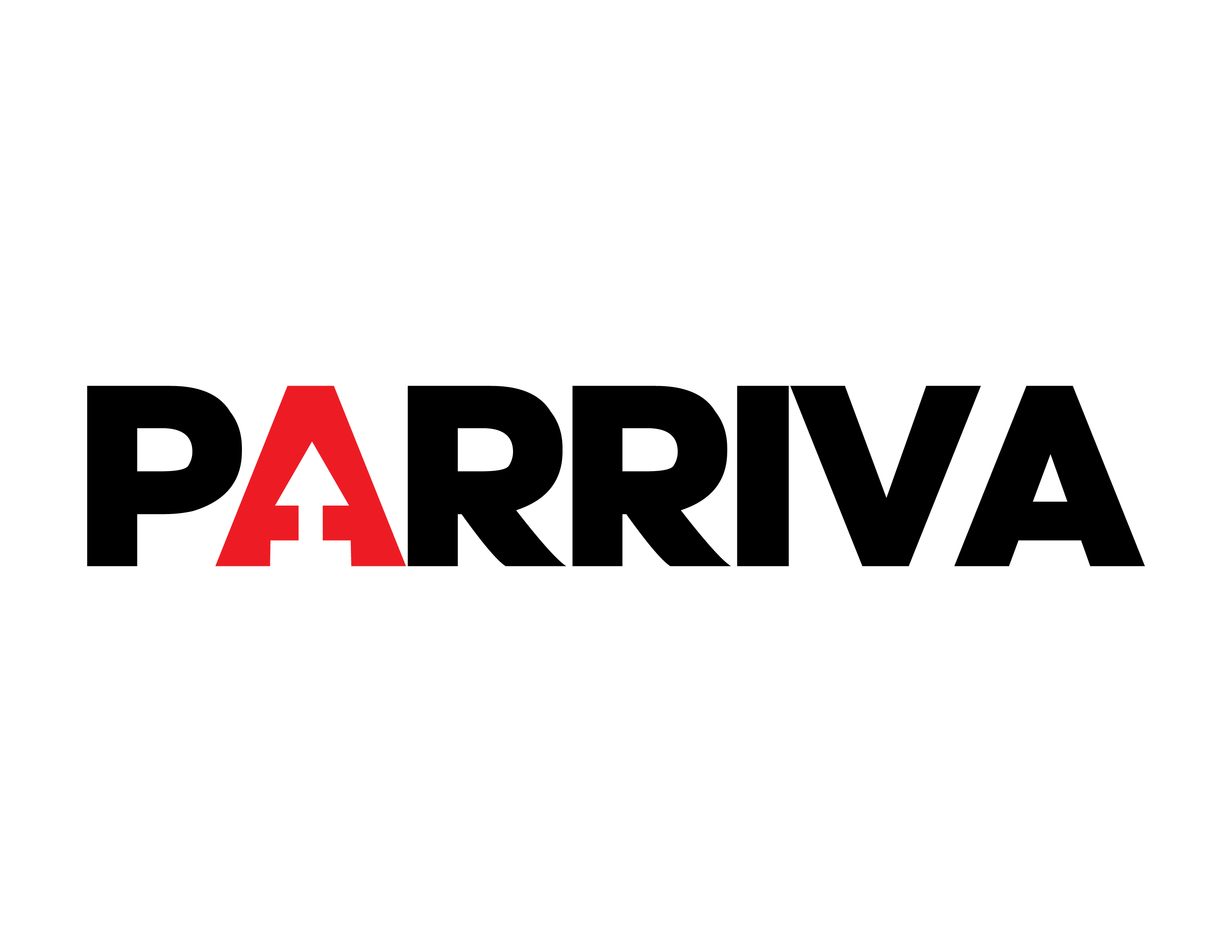Environmentalists urge people to think twice about how much food they make and how to deal with leftovers this Thanksgiving.
By composting leftovers, a process that converts organic materials into nutrient-rich soil, people can help reduce the amount of trash being dumped into landfills, environmentalists say.
“Over 70 billion pounds of food waste reaches our landfills every year, contributing to methane emissions and wasting energy and resources across the food supply chain,” said Andrew Wheeler, then the Environmental Protection Agency’s administrator, in a statement the day before Thanksgiving in 2020 “This holiday season, we must all do our part to help people and the environment by preparing only what we need, cutting down our food waste, and sharing or donating what we can to feed others.”
Some U.S. cities have set up curbside composting that allows residents to leave food waste in labeled bins for pickup. Those who do not live in neighborhoods with this service can bring food scraps to a compost drop-off location or community garden.
Experts also advise Americans to freeze extra food to eat later, donate excess nonperishable food to local charities and consider making less food.
Food composting has increased slightly over the past decade but has not become a prevalent way to manage food waste. From 2010 to 2018, the U.S. saw a 23% increase in the amount of municipal solid waste composted. But only 4.1% of wasted food and other organic solid waste was composted in 2018.
Food contributes more to landfills than any other material, making up 24% of city solid waste. Landfills are the nation’s largest source of methane, a greenhouse gas that contributes to global warming and gets emitted when organic waste such as food decomposes.

